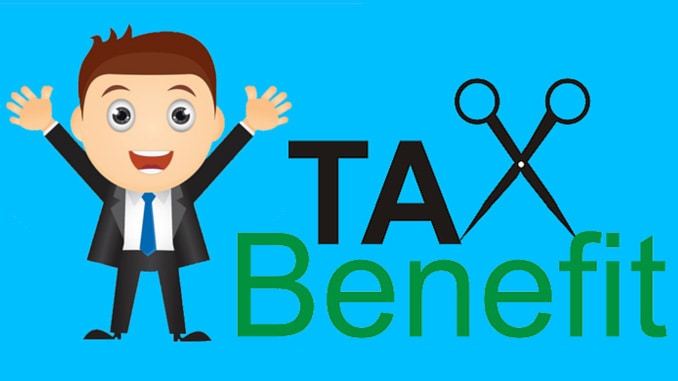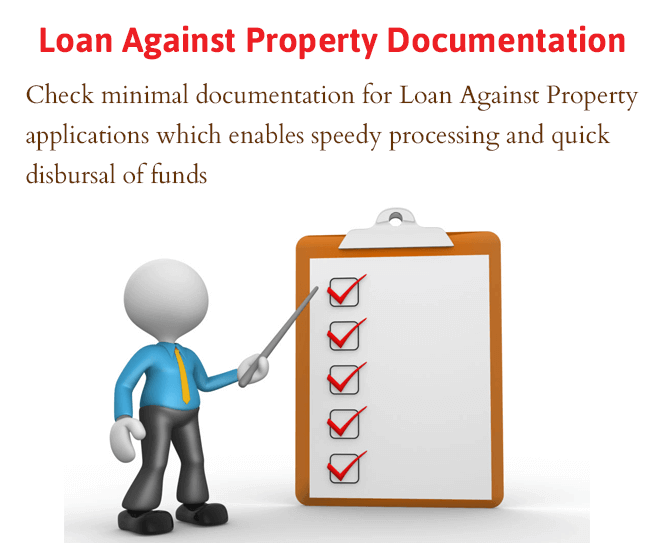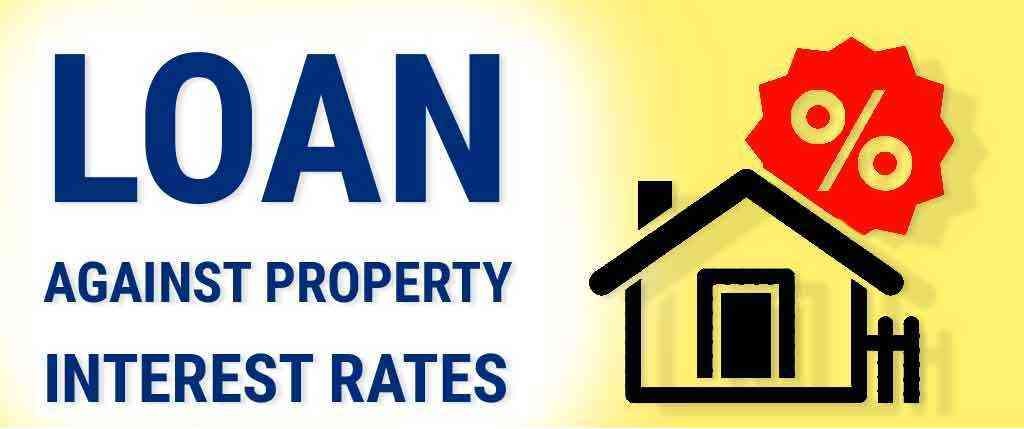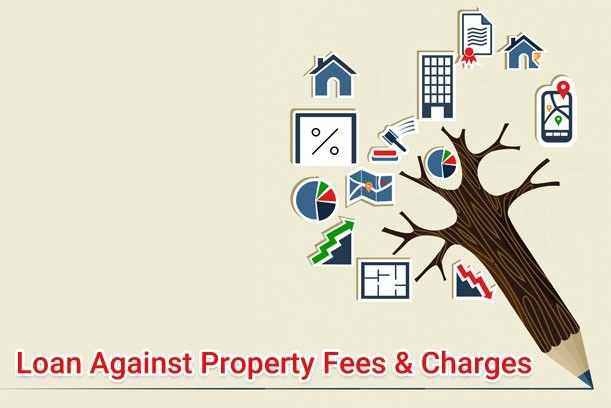
Acquiring a Loan against property doesn’t only involve the cost of LAP interest but it also includes other charges and fees at various stages of taking the Lap. You must consider all these charges while comparing the cost structure across banks. Following is the detailed fee structure incurred by banks at different loan stages:
Before Loan Disbursement:
♦ Processing Fees:
It is a fee payable at the time of submitting the loan application to the bank, which is normally non-refundable. The fees charged can go upto 1% in most Banks and even go upto 2% in few NBFCs.
♦ CERSAI Fees:
CERSAI stands for Central Registry of Securitisation Asset Reconstruction and Security Interest of India. CERSAI is a central online mortgage registry of India. CERSAI was established to inspect mortgage frauds in which people take multiple loans against the same asset from different banks.
Lenders have to register details of security interests created by them with the CERSAI, within 30 days of its creation. Hence, the LAP borrower is charged a nominal fee for this process as follows:
For Loan amount up to Rs 5 lakh: Rs.50/-
For Loan amount above Rs 5 lakh: Rs.100/-
♦ Legal & Valuation Charges:
Some Banks also charge the customer for legal assessment and technical valuation of the property. These are normally nominal and vary in a few thousand rupees.
♦ Administration Charges:
A few Banks also charge administration fees. This is not included in the processing fee, and is non-refundable. These charges mostly include the lawyer fees, technical valuation charges and other verification expenses of Banks. All Banks have empanelled outsourced agencies for these valuations and verifications who are paid by the Banks for these reports. These reports are used to decide whether or not to sanction the loan.
♦ Insurance Premium:
Few Banks also insist Borrowers to get various types of insurances done like Property Insurance or Life Insurance. On most occasions the insurance premium is added to the loan amount itself which increases the EMI to a certain extent.
♦ Franking charges:
This is a State government charge like stamp duty fee which is nothing but a tax levied by the state government (State wherein the property is situated), on the amount of Loan taken. Only a few states in India levy this charge like Maharashtra, Karnataka, etc.
After Loan Disbursement:
♦ Cheque Bounce charges:
Banks charge between Rs.250 - 500 + GST for every bounced cheque towards the loan payment because of lack of funds in your account.
♦ Delayed EMI Penal Interest charges:
When there is a delay in the payment of your EMIs, Banks charge a Penal interest rate on the amount due which is much higher than the regular LAP interest rate, ranging from 2% to 3% of the amount due.
♦ Fees for issuing statements, copy of documents etc:
Asking for a Loan account statement, Repayment Schedule is Free of cost. However certain documents like Acknowledgement / List of original property documents, copy of property documents, copy of loan agreements, Principal outstanding letter etc. attract nominal charges which vary as per Bank / NBFCs.
♦ Rate Conversion Fees:
When the interest rates fall usually the benefit is passed on to the loan Borrower by reducing the interest rate. However in many situations you may find that your interest rate is higher than the prevailing interest rate. In such a case, you can negotiate the new rate of interest from your Bank / Lender by paying a Conversion Fees. This varies from a few thousand rupees to a percentage fee of upto 0.50% of the outstanding loan amount. You can also consider switching over your Loan Against Property to a new Bank at a much lower cost by doing a Balance Transfer.
♦ Prepayment / Foreclosure Charges:
When the borrower prepays the loan before the loan tenure, banks charge a penalty which can go upto 5% of the principal outstanding amount. Though part-prepayment by the borrower (to a certain extent) does not attract any charges. However, this is now governed by RBI and on LAP availed by Individual Borrowers for purposes other than Business, it is NIL with no lock-in-period.
RBI Notification - Nil Prepayment Charges - Individual LAP other than Business









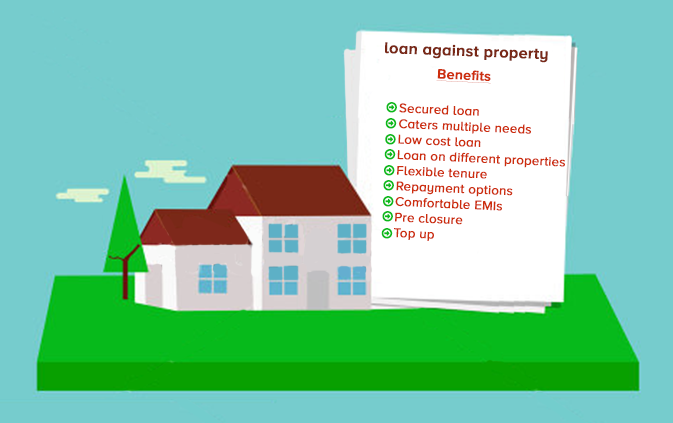 Advantages of taking a LAP over a Bank CC Limit:
Advantages of taking a LAP over a Bank CC Limit: